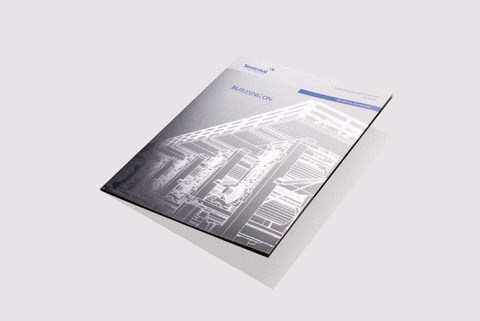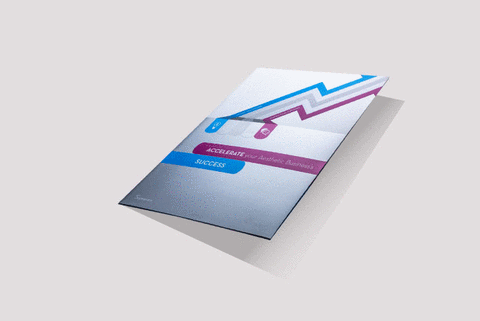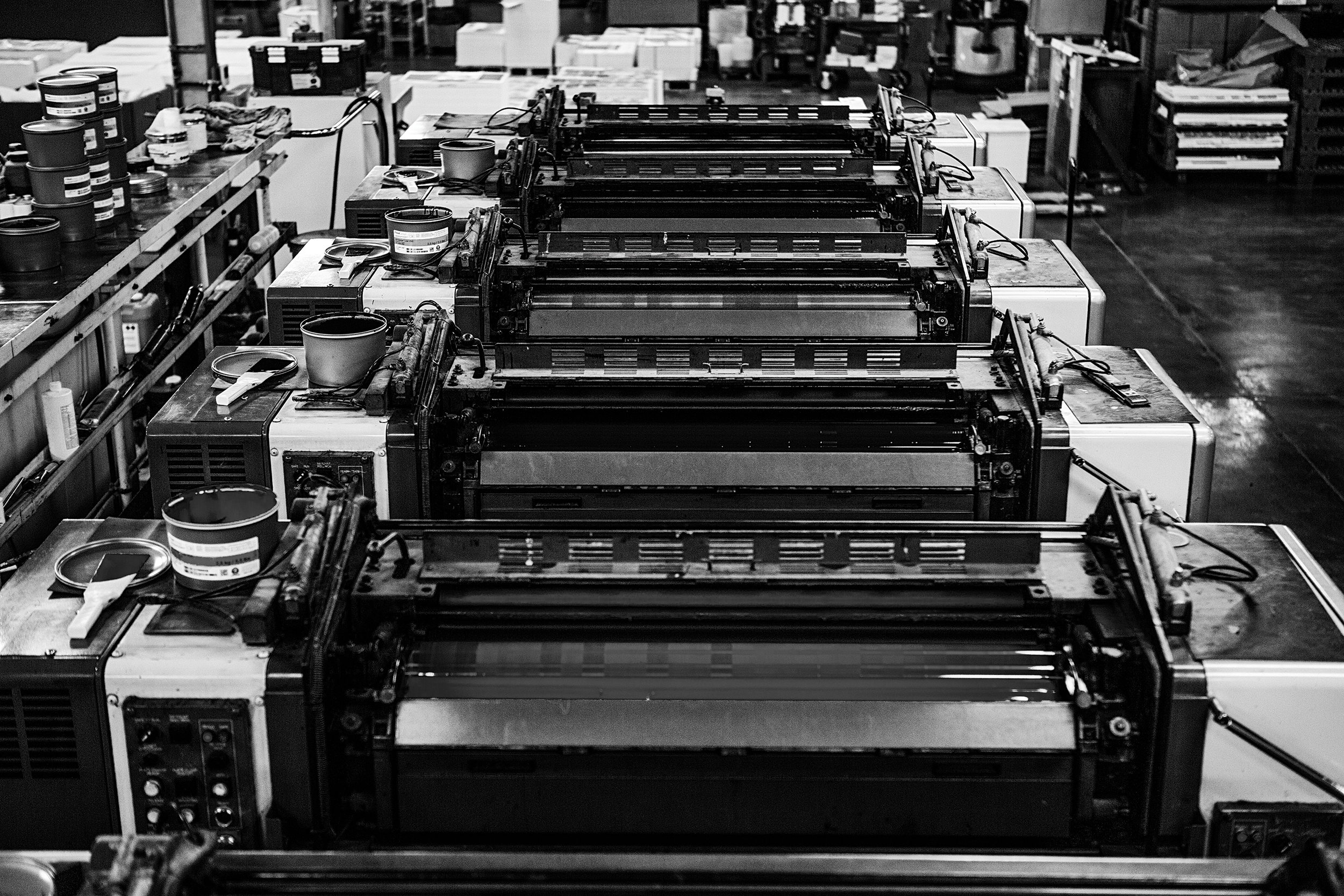Adding visual interest to your printed piece can be achieved in a variety of ways—and the chosen application often depends on the type of piece and the established budget.
When our clients express interest in adding depth and texture to their printed pieces, whether they’re business cards or folders, our printing experts often recommend either foil stamping or metallic ink printing.
Foil Stamping
Foil stamping is a specialty process in which heat and pressure are applied to a metallic paper (foil), enhancing the visual interest of the piece. There are a variety of foils used in this process, varying in color, finish and optical effects.
The most common type of foil used in specialty printing is metallic foil, commonly seen in gold, silver, copper and other colors. Holographic foils are also available, consisting of intricate designs or patterns which can help to further set the piece apart.
Foil stamping can be applied to as much, or as little, of the piece as desired.

Metallic Ink Printing
Similar to foil stamping, metallic ink also brings a ‘shine’ to your print projects—but at a reduced cost!
Metallic ink consists of tinted varnishes with metallic particles. Depending on the type of metallic ink used (leafing or non-leafing) the ink is applied to the paper and begins to dry, the metallic particles either rise to the surface or sink down.
Since metallic ink is printed directly on the surface of your printed piece, there are some limitations associated with the paper you may choose. For example, metallic ink cannot be applied to uncoated stock, as it will lose its shine. Silver metallic ink printed on uncoated stock will simply appear grey.

When to Choose Foil Stamping vs. Metallic Ink Printing
There are both benefits and limitations to foil stamping and metallic ink printing. As you design your print project and decide which option best suits your needs, there are four things to keep in mind.
1. Detail
If your design consists of very fine, intricate lines, your best option is metallic ink printing.
During foil stamping, an actual piece of foil must be cut and then applied to the paper, limiting the ability to “hold” fine lines. Since metallic ink is printed directly on the paper just like any other ink, it can maintain the detail of your design.
2. Variety
Metallic inks can be mixed to create an incredible variety of colors. There are many colors of foils available, but range of foil colors isn’t as extensive as the range of metallic inks.
3. Impact
When it comes down to it, foil stamping is the process that provides the most impact. Whether it’s used to make your logo “pop” on a folder, or as the main element on the cover of a brochure, foil stamping will help you catch the eye of your audience.
4. Budget
While foil stamping provides the greatest impact, it is associated with a higher cost than the metallic ink alternative. If you’re not sure which printing process can meet your goals—and stay within budget—consult with your printing company to learn what the cost difference is.
Starting Your Project
As you go through the process of choosing which specialty printing process is best for your project, getting advice from a printing expert can help tremendously.
Metzgers account managers are available to offer recommendations for your specific project. Our team will work with you—taking your vision, goals and budget into consideration—and finding the best option to meet your needs.
Get in touch with a Metzgers account manager by visiting our contact page, or by calling 419.861.8611, and receive the guidance you need.
